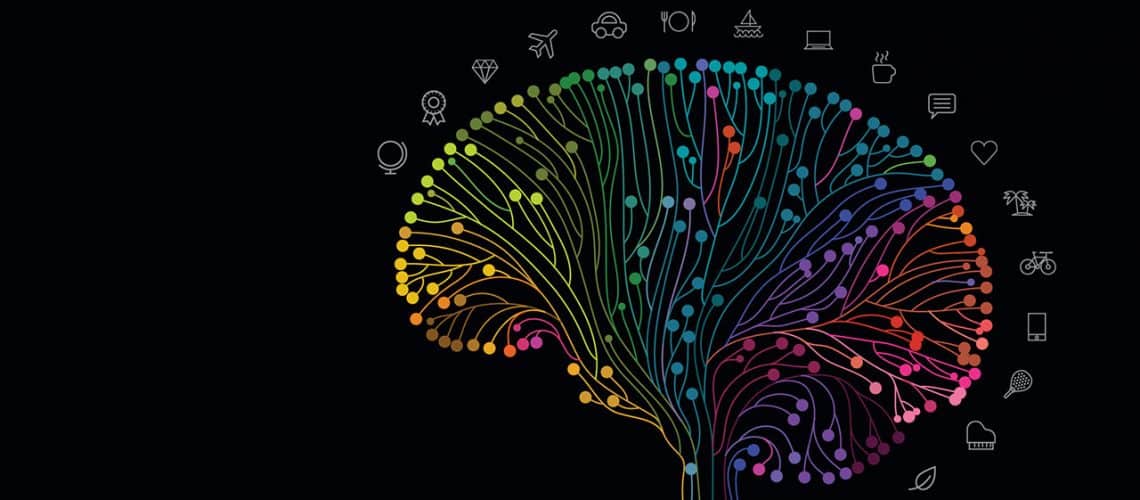Programmatic Advertising becomes predictive when marketers use real-time data and artificial intelligence to anticipate consumer needs.
Predictive algorithms are everywhere. In an age when data are plentiful and computing power is mighty and cheap, data scientists increasingly take information on people, companies, and markets—whether given willingly or harvested surreptitiously—and use it to guess the future. Algorithms predict what movie we might want to watch next, which stocks will increase in value, and which advertisement we’re most likely to respond to on social media. Artificial-intelligence tools, like those used for self-driving cars, often rely on predictive algorithms for decision making.
“The way ads are targeted today is radically different from the way it was done 10 or 15 years ago,” said Frederike Kaltheuner, the head of the corporate exploitation program at Privacy International, in the NYTIMES “It’s become exponentially more invasive, and most people are completely unaware of what kinds of data feeds into the targeting.”
The five keys that drive predictive marketing for digital advertising:
1. Social networks penetration
Today’s marketers are researching innovative ways to reach their consumers. Technologies like AI, the internet of things, and virtual reality are unfolding and redefining marketing practices. The evolution of social networks is driving new consumers from various networks. Amazon Alexa, Spotify, Netflix, and other apps are providing an advantage to promote and place their products at the top in the consumer’s mind. It is predicted that every year 1 million new users are searching for brands on platforms like Instagram, youtube, etc. This penetration of social networks helps in better brand placements.
2. Micro movements
Micro movements define the where, how, why, and what movements of consumers. For example, if a consumer searches for a smartwatch, its price, discounts, etc by entering various queries, the data is recorded to predict the consumer’s preference level which may generate unique leads. By analyzing these movements of the consumer, the brands can offer customized products and services to their consumers. The consumer movements include: go, know, do, and buy.
Without automation, the desire to detect and implement micro-movements is not possible. The predictive analytics adds an advantage in forecasting consumer intents before they show interest in purchase.
3. Validating consumer data
The transparency of consumers’ data is no longer stronger with the increased mobile-based app service. These data inputs are generated and analyzed by every enterprise so that they can protect their consumers from choosing other offers in the market. With predictive analytics, the enterprise can forecast the consumers who are about to churn in real-time and by providing customized services or offers the enterprise tries to retain their consumers.
4. Campaign optimization
Meeting ROI in digital campaigns nowadays has become difficult due to an increase in the presence of brands online. With the increase in the percentage of people using active social accounts and consumers becoming open about their preferences, the brands try hard to reach their consumers to stay ahead of their competitors. With predictive analytics based on the data-driven insights about different market segments and target audience, the future campaign can be redesigned and rescheduled to meet enterprise primary goal of conversion.
5. Budget constraints
Ranging from digital advertising pop-ups to customized or recommendation posts or videos, the companies are spending billions on promotions. The predictive analytics can drive better results with customized short period ads that reduce the cost spent on CPC or PPC based advertising. Through predictive marketing, an enterprise can optimize advertising campaigns automatically with the help of other technologies, which reduces the time spent by advertising managers and teams for an optimized result.
Predictive marketing solves the limitations in digital advertising by predicting the real-time value insights of the consumers. The optimized digital campaigns can generate maximum value of output with minimum cost on digital advertising campaigns. The future of marketing is unfolding various techniques to leverage current and upcoming technologies to maximum market growth of every enterprise by addressing their unique target audiences’ future needs or unlimited wants.





Very well written post, You have elucidated significant information. I have read the whole article with interest. I’m Mo from BSS Commerce. Thanks for the lovely share, Keep writing
nice explained the concept, thanks for sharing.